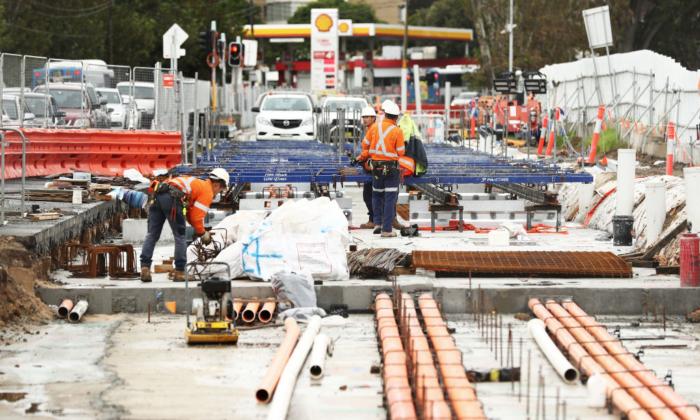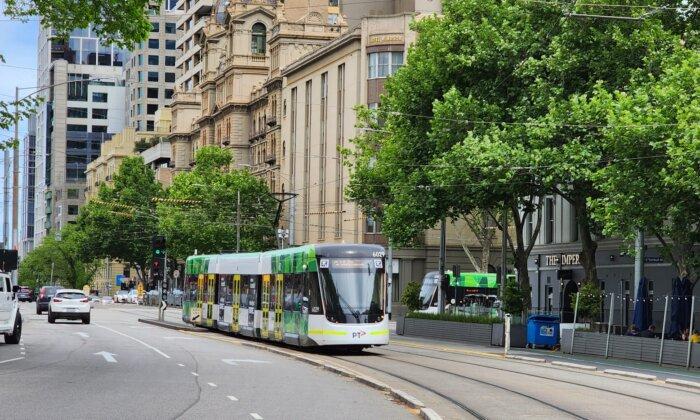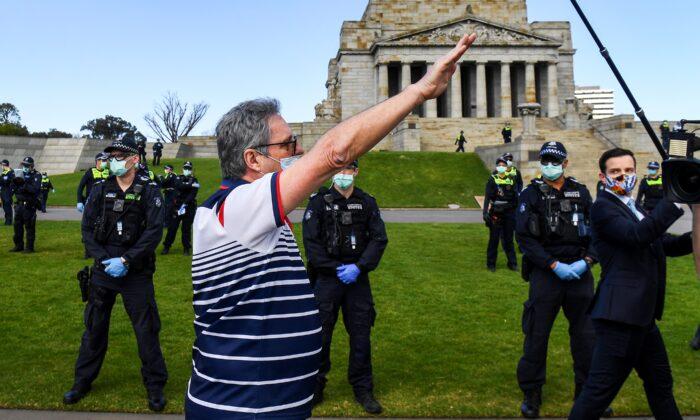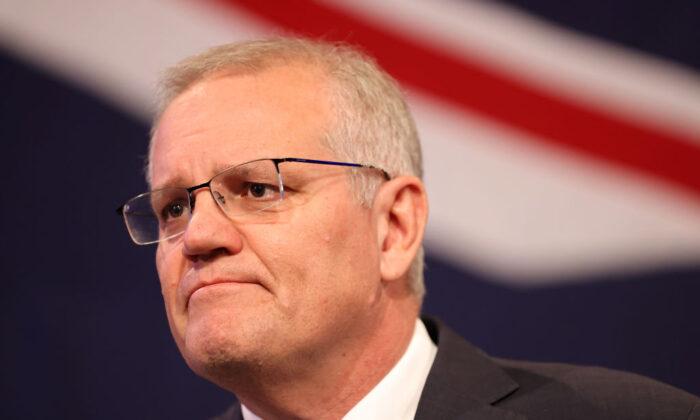Former Councillor of the City of Sydney Angela Vithoulkas has criticised the New South Wales (NSW) government for its treatment of small business owners in close proximity to Sydney’s southeast light rail throughout its four-year-long construction.
“I asked Acciona [the construction company building the project] about the light rail projects they’ve done in other places around the world because I had sensed even before the project had started that there was absolutely no small business mitigation risk strategy," she told Australian Digital Holdings.
“They had a strategy for if they found a frog or if they found Indigenous bones or anything like that, [but] they had no strategy for small business,” she added.
“These projects always take three or four times as long, they always blowout in costs and they always destroy the businesses that are along those construction routes. Everybody knew what was going on and nobody cared.”
Ms. Vithoulkas accused the government of hypocrisy, saying throughout the process, state entities raised rents for businesses while openly criticising private landlords for doing the same.
“When all of those business owners at [tourist hub] Circular Quay came to me and showed me their leases and showed me what was going on,” she said.

Commuters wait for light rail service at Town Hall Station in Sydney, Australia on March 8, 2023. Roni Bintang/Getty Images
“Their landlord, who was the state government or Sydney Trains—Transport NSW—never sat down with them and said, ‘How were you impacted by the light rail and what can we do for you?’ And yet this same government was pointing the finger at every other landlord along the light rail route and saying you need to help your tenants.”
Class Action Against NSW Government Succeeds
The comments follow the recent victory of a class action lawsuit filed against Transport NSW by a group of those same businesses, claiming construction work caused unreasonable interference.The project’s construction began in October 2015 and was completed a year behind schedule in May 2020 due to a myriad of cost overruns, delays, and disputes, including a legal battle between Acciona and the NSW government.
The dispute arose between the parties in 2018 over additional costs incurred from design modifications for the rail with Acciona seeking an additional $1.2 billion from the government in compensation. The two parties eventually reached a settlement in mid-2019, costing the project seven months.
On May 19, NSW Supreme Court Justice Richard Cavanagh spent almost two hours detailing his resolution on the matter, ultimately deciding that Transport NSW was liable for the “unreasonable interference” in the operations of over 300 retailers and residents along the rail line throughout its construction.
“Despite the public benefit in the development of the Sydney light rail, and despite the fact the use of land might have been reasonable for a period … there came a point in time when it became unreasonable,” he said in his judgement.
“The defendant may have been exposed to additional costs, but the persons who ended up bearing the costs of the prolonged construction activity … were some of the business owners along the light rail route,” the justice said.
“They had been promised minimal destruction and a staged process of construction, which would have seen them exposed to the construction activities for months, rather than years.”
Compensation Will Vary for Different Businesses
Sophie Hunt, owner of lead plaintiff Hunt Leather on George Street, is adamant the family business will take at least a decade to recover saying it suffered major disruption from the activity including a drop in foot traffic and pollution from construction.“The government shouldn’t be able to ruin people’s lives to such an extent for such a long period,” she told reporters outside of court.
“We were all prepared for some disruption, we were excited about the project. But we weren’t prepared for four years of being shut off.”
In his determinations, Justice Cavanagh clarified that compensation will only be granted on a case-by-case basis and that the businesses would not be compensated for their losses throughout the entire construction period but only during the project’s periodic delays.
Cavanagh maintains further hearings will be needed to determine the exact damages of both the lead plaintiffs as well as the appropriate methodology of resolving the remaining claims due to the variation in how some businesses incurred losses.
“Going forward, there will need to be a process or mechanism developed for the determination of both entitlement and loss. My preliminary view is that referees … should be appointed to determine outcomes based on guidelines and parameters.”
Damages for the two lead plaintiffs will be officially decided at a NSW Supreme Court hearing in October whilst other businesses may be subject to a much longer process. Any potential claimants wishing to join the class action and apply for compensation should contact Mitry Lawyers.

Construction hoarding around the Light Rail in Moore Park in Sydney, Australia on April 12, 2017. Ryan Pierse/Getty Images





